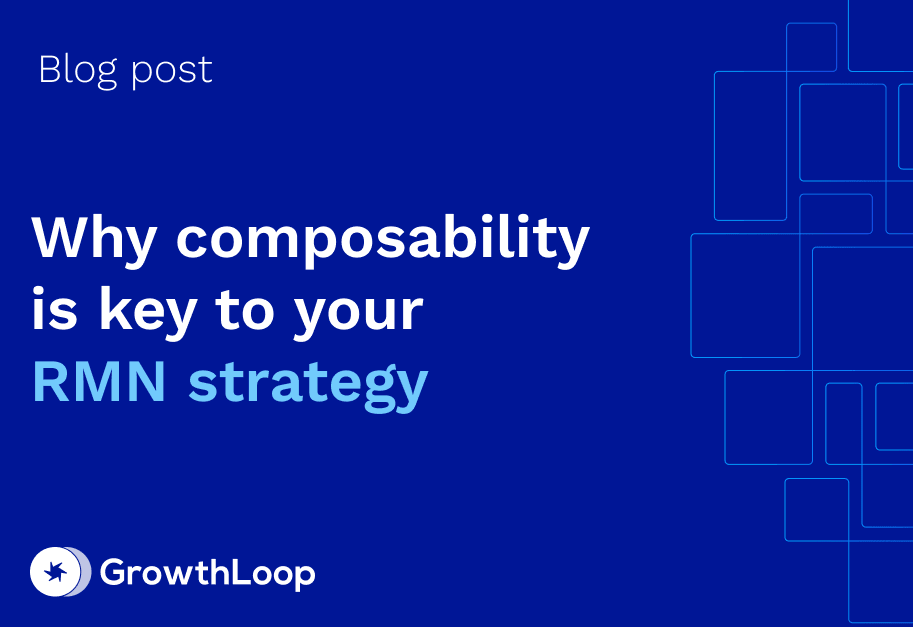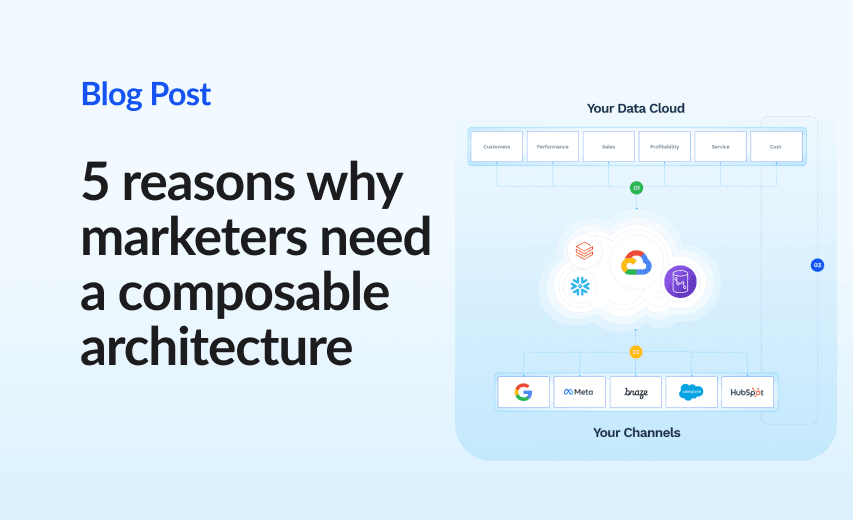What is composability?
Composability as a software development and technology concept has grown in popularity since the late 2010s. However, composability stems from concepts dating back to the 1960s with object-oriented programming and, more recently, modularity.
Composability focuses on the idea that systems and tools are best built and managed with individual components that can be connected or combined to create more robust and complex systems. In 2020, analyst firm Gartner stated, “the future of business is composable.”
Composable architecture helps IT teams build flexible systems quickly and maintain them more efficiently than monolithic, or all-in-one, architectures.
Experts often explain composability in terms of LEGO bricks. Each brick represents an individual component of a larger system and can be removed or modified without impacting the other components.
Another analogy for composability is desktop computers. Computers are usually pre-packaged with a CPU, GPU, RAM, storage, and other components that allow the computer to run. This all-in-one package is convenient, however, it does not always provide the best specifications to reflect each user’s needs. PCs can now be built from scratch by customers with more sophisticated needs—such as high-performance gaming or music composition—and there are many options available for each component to create the optimal computer for their needs. They can also swap out components with ease (such as installing more RAM or changing graphics cards).
Composability in martech
Composable marketing technology (martech) keeps marketing teams agile and allows them to select and assemble various components to satisfy specific tasks or customer needs.
Composable martech has existed for decades, but its capabilities and necessity have grown because of evolving marketing strategies.
Marketing teams rely on many tools to perform specific functions, such as email marketing, social media marketing, direct mail, and advertising. Each marketing tool used is an individual component in composable martech.
To provide customers with personalized and unified experiences across channels — strategies known as cross-channel marketing and omnichannel marketing — marketing teams must achieve customer 360.
The goal of customer 360 is to maintain a central view of individual customer profiles, enabling all teams to act on trusted customer data to inform their campaigns. This is a shift away from self-containment, in which teams have historically worked independently and used disconnected tools to perform separate tasks without sharing customer data.
A key enabler in customer 360 and composable MarTech is a customer data platform (CDP) or a composable CDP for optimal flexibility. CDPs act as a central hub for all customer data, and marketing and sales technologies integrate with the CDP to access, activate, and update each customer profile. Importantly, CDPs make it easier for marketers to access and understand customer data.





